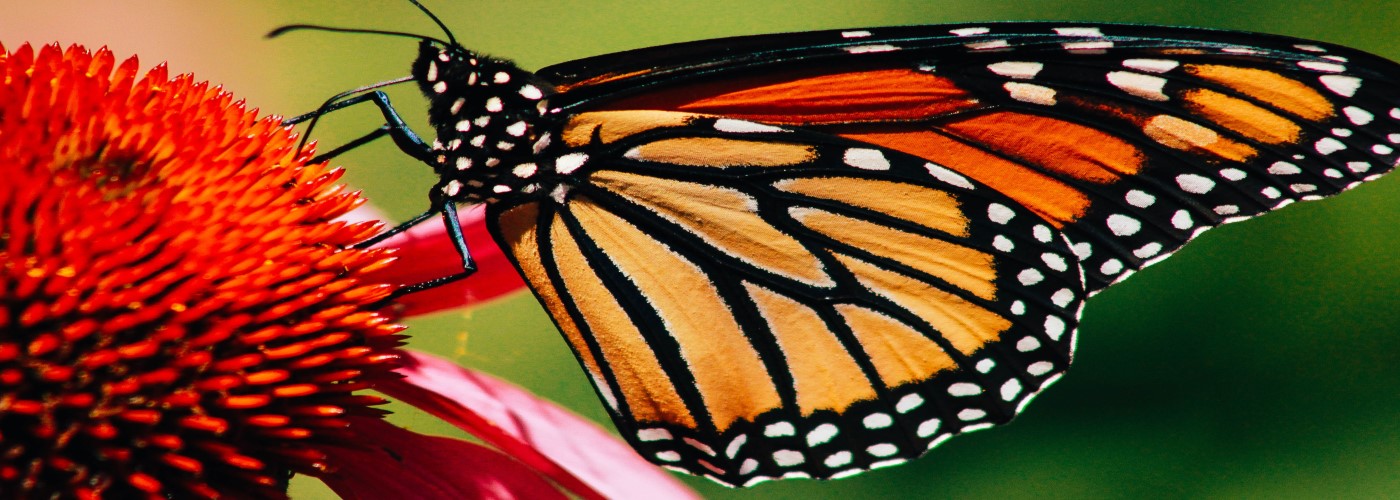

Our favorite butterflies, the Monarch butterflies, are beautiful creatures that are found throughout the world. These butterflies are famous for traveling thousands of miles during their migration periods, therefore evolving bigger wingspan for their travels. Recent studies have indicated that these butterflies' wings have shrunk in the past centuries due to settling in places where there is food all year long, therefore less need to travel long distances.
A new research, which was published in the journal Proceedings of the National Academy of Species looked at monarch butterflies that are native to North America and compared them to non-native butterflies who reside in the Caribbean as well as Central and South America. "Whether the spread of these animals was a purposeful adventure or they were simply blown there by accident isn’t clear, but archived specimens revealed that while bigger wings aided their migration, those populations that landed in bountiful pastures soon saw their wings get smaller," the study mentions.
The researchers also thought that wing size could be influenced by it's genetic material or the result of environmental factors where they first hatched. To find this out, Micah Freedman, a graduate student at the Center for Population Biology at UC Davis, "took the eggs of non-migrating populations in Hawaii, Guam, Australia, and Puerto Rico and hatched them alongside native migrating Monarchs in California. Despite being transported to migrating Monarch territory, the non-migrating butterflies retained their comparatively little wings, proving that the driving force for this shrinking wingspan was genetic and not environmental."




